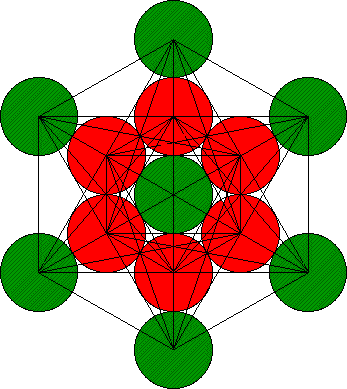
Metatron (Hebrew מטטרון) or Mattatron (a differentiation of Metatron)[2] is the name of an angel in Judaism and some branches[citation needed] of Christianity. There are no references to him in the Jewish Tanakh or Christian Scriptures (New and Old Testament). Although he is mentioned in a few brief passages in the Talmud, Metatron appears primarily in medieval Jewish mystical texts and other post-scriptural esoteric and occult sources. In Rabbinic tradition, he is the highest of the angels and serves as the celestial scribe,[3] though there is no consensus as to his genesis, nor is there a Christian consensus on his position in the hierarchy of angels or existence.[citation needed]
Origins
The Talmud relates that Elisha ben Abuyah (a rabbi and Jewish religious authority born in Jerusalem sometime before 70 BC), also called Acher, (אחר, "other", as he became an apostate), entered Paradise and saw Metatron sitting down (an action that in heaven is permitted only to God himself). Elishah ben Abuyah therefore looked to Metatron as a deity and said heretically, "There are indeed two powers in heaven!"[4] The rabbis explain that Metatron was allowed to sit because of his function as the Heavenly Scribe, writing down the deeds of Israel (Babylonian Talmud, Hagiga 15a).[5]
Metatron's Cube
The Metatron's Cube is a two-dimensional geometric figure created from 13 equal circles with lines from the center of each circle extending out to the centers of the other 12 circles. Six circles are placed in a hexagonal pattern around a central circle, with six more extending out along the same radial lines.
Metatron's Cube shares 2-D resonance with the Flower of Life. It is a Sacred Geometry figure. Its name makes reference to Metatron, though historical reference, other than the name itself, is elusive.
The pattern delineated by many of the lines can be created by orthographic projections of the first three Platonic solids. Specifically, the line pattern includes projections of a double tetrahedron (aka stellated octahedron), a cube within a cube (aka a tesseract), and an octahedron. Although the image below shows the dodecahedron and the icosahedron fitting to the pattern of Metatron's Cube, the vertices of those shapes do not coincide with the centers of the 13 circles (the icosahedron projection in the image below is false).[1]

Metatron's Cube (derived from the Fruit of Life) begets the five Platonic solids, including a star tetrahedron (stellated octahedron)
INTRODUCTION TO METATRON'S CUBE (second part)



Geen opmerkingen:
Een reactie posten